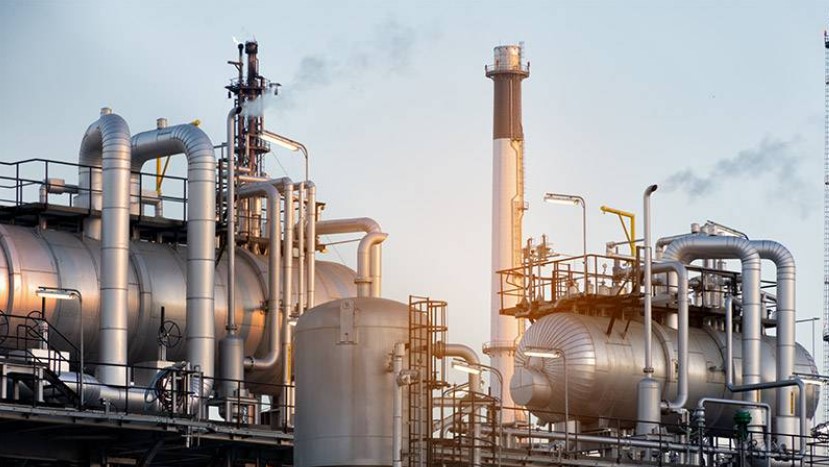
Construction of static equipment like vessels, tanks, and piping involves a meticulous process ensuring safety, functionality, and adherence to design specifications. Here's a breakdown of the typical stages:
1. Pre-construction Phase:
Engineering and Design:
Detailed engineering creates blueprints, material specifications, and construction procedures.
Pressure vessel design follows codes like ASME Boiler and Pressure Vessel Code (BPVC) or relevant international standards.
Piping design adheres to codes like ASME B31 Piping Codes, considering pressure, temperature, and fluid compatibility.
The construction of steel structures involves adherence to a comprehensive set of codes and standards that cover all aspects from design and materials to fabrication and erection. Like AWS, AISC, ASTM..etc.
Material Procurement:
Required plates, pipes, flanges, and other components are procured based on specifications.
Material certifications ensure adherence to quality standards.
Fabrication Shop Preparation:
The fabrication shop prepares the workspace, tools, and equipment for construction.
Welders and other craftsmen undergo qualification tests as per code requirements.
2. Construction Phase:
Vessel and Tank Construction:
Plate cutting to precise dimensions using CNC machines or manual methods.
Plate shaping and forming using rolling machines or presses.
Welding of plates to create vessel shells and tank walls, following qualified procedures and inspection protocols.
Nozzle attachment for connections to pipes and instruments.
Heat treatment of welds for stress relief, if required by the material and code.

Piping Fabrication:
Pipes are cut to specific lengths based on the design layout.
Pipe ends are prepared for beveling, threading, or flanging based on joint type.
Welding of pipe joints, following qualified welding procedures and inspection protocols.
Fitting and valve installation at designated locations.
3. Quality Control and Testing:
Non-Destructive Testing (NDT):
Visual inspection of welds and overall construction quality.
Radiographic testing (RT) or ultrasonic testing (UT) to detect internal defects in welds.
Magnetic particle testing (MT) or dye penetrant testing (PT) for surface defect detection.
Pressure Testing:
Hydrostatic testing of vessels and piping systems to verify structural integrity.
Pneumatic testing may be used in specific cases where hydrostatic testing is not feasible.
Documentation:
Maintenance of detailed records including material certifications, welding procedures, inspection reports, and test results.
Preparation of data books and compliance certificates as required by applicable codes.
4. Final Assembly and Installation:
Site Assembly:
Transportation of fabricated components to the installation site.
Site assembly of larger structures that cannot be transported intact.
Rigging and positioning of equipment using cranes and other lifting equipment.
Interconnection:
Connection of piping systems to vessels and tanks.
Installation of instrumentation and control systems.
Final testing and commissioning procedures.
5. Code Compliance and Certification:
Inspection Authority:
Third-party inspection by authorized inspectors throughout the construction process.
Verification of compliance with applicable codes and standards.
Certification:
Issuance of certificates and data reports as required by codes.
Registration with regulatory authorities where applicable.
Handover:
Final inspection and acceptance by the client.
Delivery of all documentation and operating manuals.
Provision of warranty and after-sales support as per contractual agreements.
Conclusion:
The construction of static equipment requires careful planning, skilled craftsmanship, adherence to codes and standards, and rigorous quality control. Each phase is critical to ensuring the final product meets safety requirements, functional specifications, and regulatory compliance. Proper documentation throughout the process provides traceability and supports future maintenance and inspection activities.